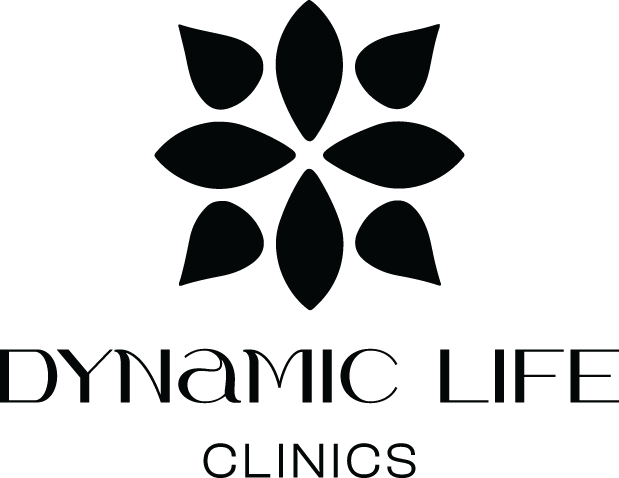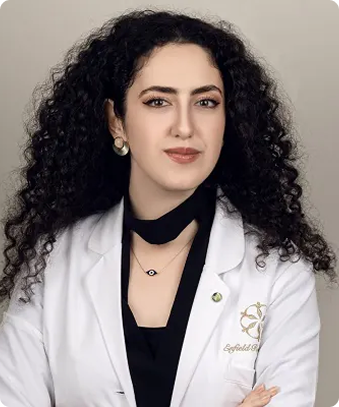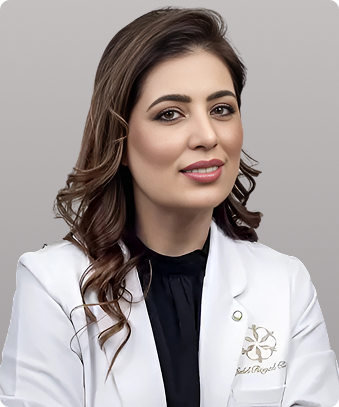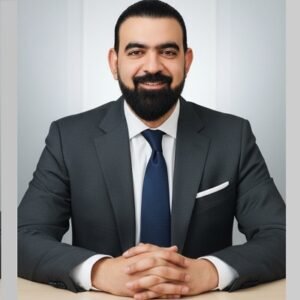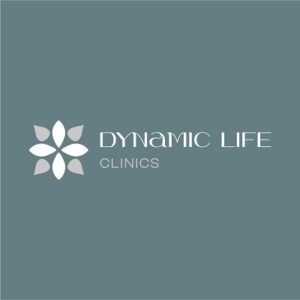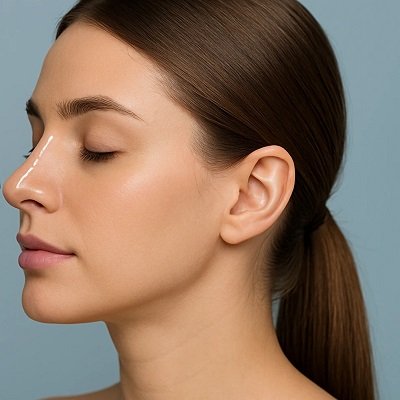
Rhinoplasty in Dubai- Key essentials:
Starting Price: From 13,600 AED (inclusive of anesthesia & facility fees)
Reviewed By: Dr. Ahmad Naji, DHA-Licensed Plastic Surgeon (Last Updated: April 2025)
Consultation Fee: Free (limited-time offer)
Best Season in Dubai: Winter & early springtime for better healing; safe year-round with sun precautions
Best Candidates: Men & women unhappy with nose shape, size, or breathing issues
Anesthesia Used: General anesthesia (common) or local with sedation (minor corrections)
Surgery Duration: 2–4 hours, depending on complexity (primary vs. revision)
Hospital Stay: Usually a day or 1-night stay for complex cases
Downtime: 7–10 days (return to work); full recovery 3–6 months
Pain Level: Mild to moderate, well-managed with prescribed medication
Results Visible: Initial changes in 3–4 weeks; final refined shape in 9–12 months.
Longevity: Permanent, though natural aging may subtly affect results
Technology/Techniques: Open vs. closed rhinoplasty, ultrasonic rhinoplasty, revision rhinoplasty
Safety Approval: DHA & FDA-approved surgical methods and equipment
Scarring: Minimal to none; incisions are hidden inside nostrils or along natural creases
Follow-Up: 2–3 mandatory check-ups in the first 3 months
What is Rhinoplasty?
Rhinoplasty is a surgical nose job that alters the shape, size, and projection of the nose to resolve your visual and functional nasal concerns. The upper portion of the nose is bone, and the lower portion is cartilage that contributes to the cosmetic appearance and medical functionality of our nose. Rhinoplasty can alter the cartilage, bone, or both, along with the skin, using open and closed techniques.
Why is Dubai becoming the global hub for rhinoplasty?
The clinics in Dubai provide high-quality care with ultrasonic rhinoplasty tools and world-class trained surgeons, which makes it a top choice for cosmetic procedures. A large number of local and international patients opt for rhinoplasty in Dubai to refine their beauty or to correct their breathing obstructions. Dynamic Life clinics provide a highly appealing package of Rhinoplasty for stress-free and excellent results.
Rhinoplasty Price Breakdown in 2025:
Rhinoplasty cost in Dubai ranges between 13,600 AED and 17000 AED, but it is not fixed, and the final bill will be decided after an initial consultation.
| Type of Rhinoplasty | Price |
| Tip Rhinoplasty | 16000 AED |
| Full Rhinoplasty | 20,000 AED |
Factors affecting cost:
- Specific nose job technique
- Type of anesthesia
- Skills of a surgeon.
- Age of the candidate
- Particular alterations.
Cost comparison:
| Rhinoplasty | Septoplasty | Liquid Rhinoplasty |
| 16000 AED | 18000 AED | 2299 AED |
Insurance Information:
Insurance does not cover the price of rhinoplasty for cosmetic concerns, but it can cover a portion of your cost if you are taking it for medical concerns like a deviated septum or nasal trauma. For more details, you need to contact your insurance provider.
Tailored Nose Job Techniques
| Type | Explanation |
| Alarplasty | Focuses on the width and flare of the nostrils. |
| Tip Plasty | Remodifies the projection, rotation, and shape of the tip |
| Septoplasty | Corrects a deviated septum by adjusting bone and cartilage. |
| Revision Rhinoplasty | Correct undesired outcomes and functional issues of a previous rhinoplasty. |
Who can benefit most from Rhinoplasty?
- Case 1: Individuals who are born with a congenital nose deformity.
- Case 2: Candidates suffering from a wide or lengthy nose.
- Case 3: Individuals who face breathing problems due to large turbinates.
- Case 4: People who want to alter their nose tip or crookedness.
Note: Individuals with high blood pressure, uncontrolled bleeding disorders, or heart diseases are not suitable for this treatment.
Why Take Rhinoplasty in Winters?
Winter is an excellent time to undergo rhinoplasty because cooler temperatures can minimize inflammation and swelling. Lower temperature naturally constricts blood vessels and reduces fluid buildup in the tissues. Moreover, extreme sun exposure can lead to pigmentation on the nose, but in winter, the intensity of the sun is low, which reduces the risk of sun damage.
Special Consideration: Patients fasting in Ramadan are advised to schedule surgery before/after for optimal hydration and healing.
Life-changing benefits of Nose surgery:
- Reshape your nose according to your facial structure
- Reduces snoring and obstructive sleep apnea
- Make your features sharper by reducing bulbous tips.
- Repair internal and external nose damage.
- Boost the beauty and self-confidence of individuals
- Smooth out humps and fillings for a refined profile.
- Helps in septoplasty and turbinate reduction.
- The outcomes will last permanently.
How is Rhinoplasty Performed?
Incision:
For open rhinoplasty, a shaped incision is created on the columella, and in closed rhinoplasty, incisions are hidden inside the nostrils.
Nose Reshaping:
After getting an overview of the internal bone and cartilage, the expert adds grafts, narrows the nostrils, and adjusts the bone to reshape the nose.
Tissue repositioning
After the desired reshaping, the expert will carefully redrape the skin and tissues in their actual position. They will be adapted according to the newly sculpted framework.
Splinting:
After closing the incisions with sutures, splints are laced to support the newly developed structure.
Dressing:
Absorbent materials, gauze, and other dressings are applied all over the nose to support splints and to protect the wound from any external infections.
Recovery & Aftercare:
Recovery timeline (day 1 → 6 months)
- Day 1-Day 3: This is the most acute phase, and you will experience discomfort, pain, or congestion.
- Week 1: You will see the first glimpse of your new nose, but there will be swelling. Your internal splinting will be removed.
- Week 3: Your prominent bruising will fade, but your tip remains quite swollen.
- Month 1: Your nasal breathing will become clear, but your nose will look slightly wider than the actual outcome.
- Month 3: 70% of swelling will be resolved, and wounds will be healed..
- Month 6+: Final results will start becoming visible after 6 months, but changes will occur for up to one year.
Aftercare of Nose Job during any season:
- Protect your nose from extreme cold and dry weather.
- Use saline nasal sprays to clear out congestion.
- Avoid illnesses like cold and flu, and do not bow.
- Make sure to sleep in an elevated position.
- Intake soft and easy-to-chew foods.
- Avoid wearing glasses and bowing your head.
- Avoid sun exposure because it can cause scarring.
Split care:
A splint is used to protect the nose and control swelling. Follow the below sp lint care instructions:
- Keep it dry and cover it during the shower.
- Do not move or adjust your splint.
- Do not put any kind of pressure.
Nose Job Before & After:

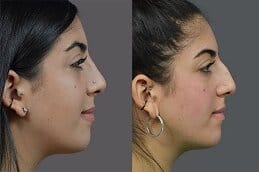

Rhinoplasty Trends Men vs Women:
| Factor | Women’s Rhinoplasty | Men’s Rhinoplasty |
| Focus | Delicate and feminine appearance | Straight and masculine definition |
| Common Age Range | 20-35 years | 25-45 years |
| Focus Areas | Nose tip, bridge reduction | Nasal bridge, septum correction, |
| Seasonal Trend | Winter (cool recovery season) | Summer (discreet recovery during holidays) |
Alternatives:
Liquid Rhinoplasty (nose Fillers): A Filler is injected to correct the hump. Smooth bumps and fill nose dents.
Nose Threads: Absorbable threads are utilized to lift the tip and define the bridge.
Open vs. Closed Rhinoplasty:
| Feature | Open Rhinoplasty | Closed Rhinoplasty |
| Incisions | Small incisions are made on the strip of skin between the nostrils | Incisions are made inside the nostrils. (no scarring) |
| Visibility | Direct view of the entire nasal structure. | Limited visibility to the nasal structure. |
| Suitable For | Complex case. | Minor corrections. |
| Recovery | Longer recovery period | Shorter recovery time. |
| Scarring | A small, fine scar on the columella. | No visible external scars. |
Risks and Safety Considerations:
Common side effects: Swelling, numbing, and infection. These defects will heal in 2 to 3 days
Note: Contact your doctor if you notice any serious complications.
Safety approvals
- Dubai Health Authority
- CE safety standard.
What Makes Our Rhinoplasty Stand Out?
- DHA-licensed surgeons and certified ENT specialists for the safest and best results.
- Extensive experience in sensitive and complex cases of Rhinoplasty in Dubai.
- Advanced ultrasonic and 3d imaging technology to visualize the results.
- Complete pre- and post-care details to minimize scars and promote healing.
- Clear pricing quote including all details without any hidden expenses.
FAQ’s:
Are there any age restrictions?
Yes, there are. If you are a girl, you must be 16, and if you are a boy, you must be 18 years old.
Can I wear glasses after the surgery?
It is not advised to wear glasses for 2 months because it can damage the nasal structure.
Will rhinoplasty change my voice?
If your voice is disrupted due to nasal passages, rhinoplasty will make them clear and enhance your voice.
Does sun exposure affect healing?
Protect your nose from the sun's exposure because it can cause more swelling and hyperpigmentation.
What is Ethnic Rhinoplasty?
Ethnic rhinoplasty focuses on the unique ethnic features of the clients while providing the desired improvements.
Will my nose look operated on?
No, our experts will provide natural-looking results, and your newly developed nose will look like you were born with it.
Do you offer digital imaging consultations?
Yes, they offer digital Imaging and advanced X-ray facilities that allow you to visualise your potential outcomes.
Does skin type affect the results?
Thinner skin will drape better on the new framework, while thicker skin may take time.
When can I remove my external splints?
External splints will be removed after 5 to 7 days.
